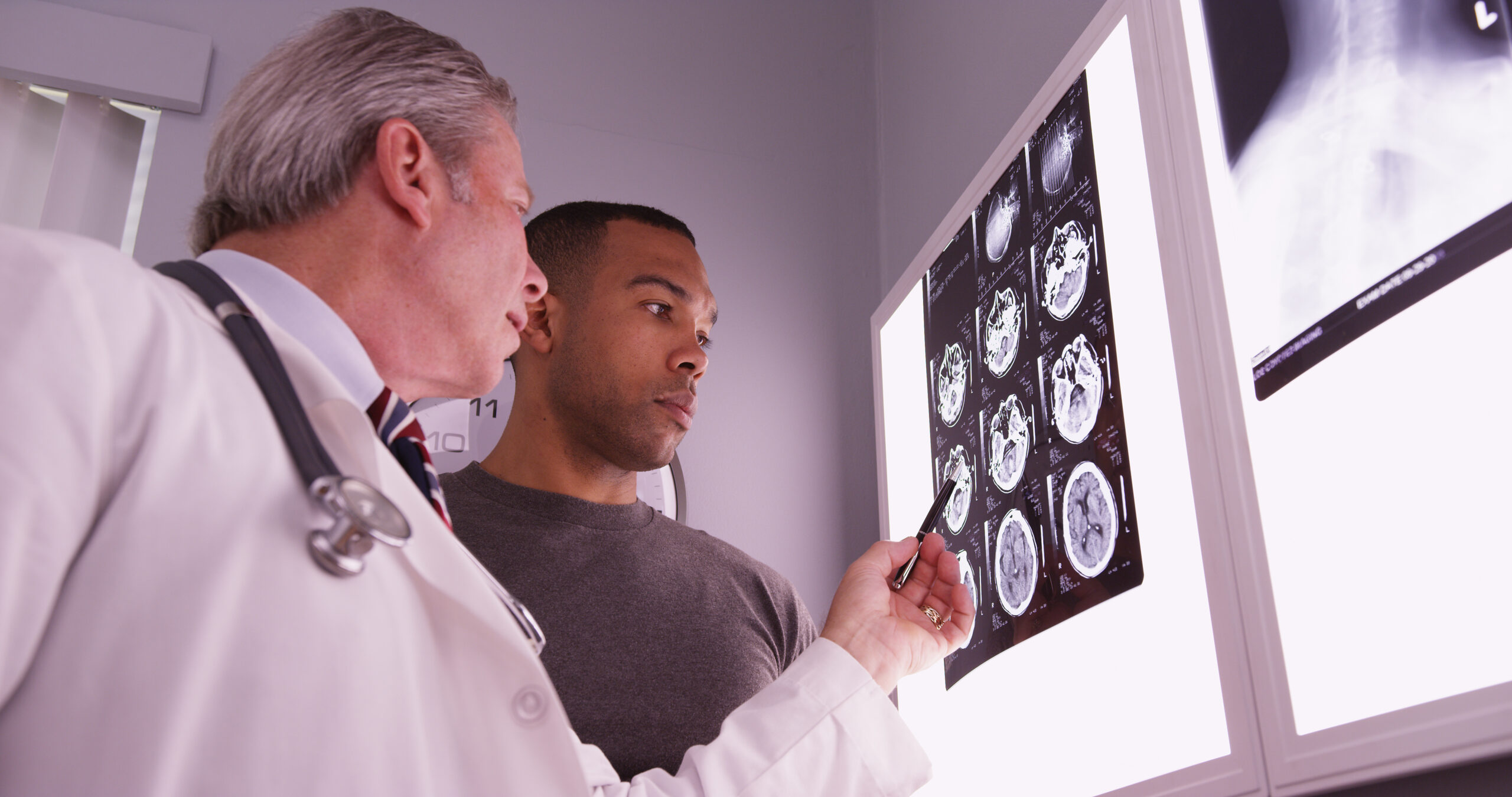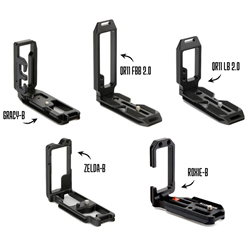The Future of Healthcare: How Remote Patient Monitoring Saves Time and Resources

There are several benefits of RPM or remote patient monitoring to the doctors. The simple access to the patient data and the capability it provides for delivering top-quality healthcare to a greater number of patients is more than useful. There is a lower risk of burnout as well by using RPM. As far as healthcare software providers are concerned you get greater efficiency at lower costs. But what are the benefits of remote patient monitoring to medical patients? There are a number of encouraging answers for this. With continuously evolving technology, we are getting more innovations and better-quality solutions. Let’s take a closer look at the main benefits of RPM.
1. Easier access to healthcare: In a country where you can find a massive number of people that are insured, it has become tough for many patients to access the caregivers on time. The RPM or remote patient monitoring raises the capacity of doctors to treat a greater number of patients. Just the prospect of more healthcare companies accepting the RPM technology means the doors are now open for greater access to healthcare and that too for countrywide patients.
2. Better quality of healthcare: Apart from improving the amount of care provided, the RPM also gives you the opportunity to improve the quality of healthcare. As remote patient monitoring app connects doctors more readily and instantly with the patient data, it means they are able to perform their daily routine with greater ease and better efficiency – says Slava Vaniukov, CEO at Softermii. The possibility of burnout in these cases is also decreased resulting in great advantages to the patients. What is even better is that RPM improves the behavior of patients by developing a system whereby people are more engaged and are more accountable for their own health. There are RPM programs available that provide technology that is far from being clinical, intimidating, and cold for several consumers. It makes things more familiar and comfortable to most of the patients.
3. Everyday assurance provides peace of mind: As we have seen so far, there are important benefits of engagement and comfort to the patients by using RPM. But this type of monitoring goes beyond that and offers invaluable assurance to the patients by reassuring them that there is somebody out there watching out for their well-being and health on a day-to-day basis. You can imagine a heart patient lying on a hospital bed watching his heartbeat on the monitor for many days. It is a tough situation for any patient. Therefore, if you can bridge this problem to give a connection to the person in his home, it is similar to taking the healthcare team to home with you. Considering that now you can find a good quality hospital bed for rent to make the patients healing journey at home more comfortable.
4. Better education, support, and feedback: Basically, because of the instant and constant connection between the caregivers and patients, the RPM can also give the patients a greater level of support, education, and feedback than compared to the conventional healthcare models. In case the RPM model is comprehensive, you will not only collect the data but will also provide the info back to the patient. So, over a period of time, these patients will receive a great deal of education. They will receive plenty of support from the system. Some of the education can be by presentation of numbers that indicate the situation with their vital signs. Or, a graph trending with time, or even a paragraph that will summarise the overview of daily care. So, these RPM programs allow the patients to receive info about their health on a daily basis. It is similar to daily help or support. Keep in mind that this can make a world of difference in terms of health outcome for the patients.
Conclusion
There are several benefits associated with remote health monitoring. Some of the advantages you will find to be useful are fast and real-time detection of health issues, the capability to monitor the patients constantly, effective prevention of escalation of illnesses leading to untimely deaths, etc. Some more benefits include reduction in the number of hospitalizations, reduction in the cost of the hospitalization, and getting more accurate readings for various tests. In short, remote patient monitoring is a consistent and clear win-win for the healthcare industry including that for caregivers, payers, providers, and patients alike.





